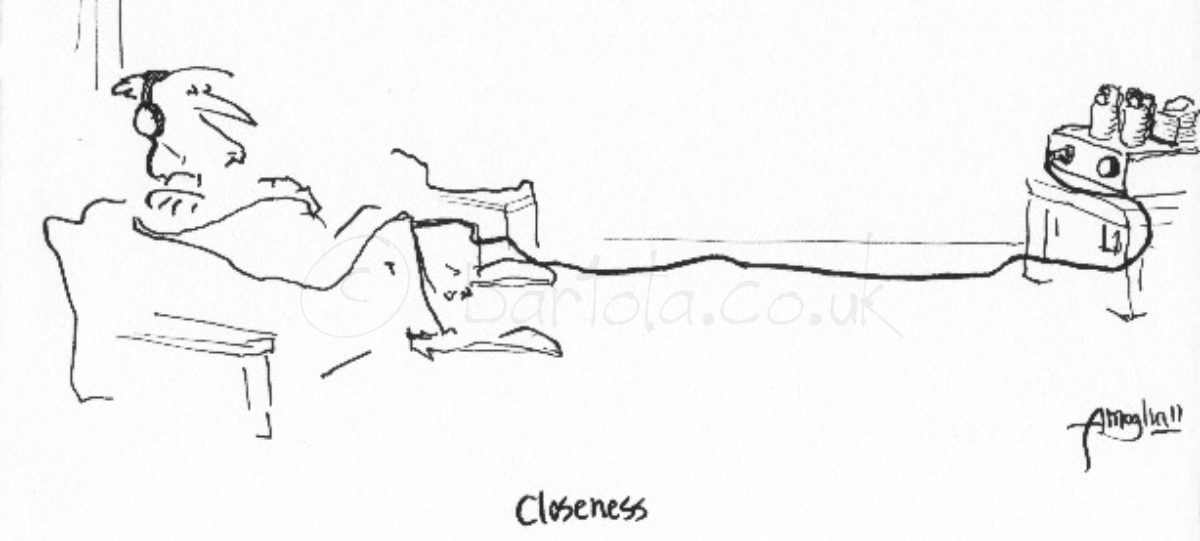4P1L is a sublime DHT. As shown before it’s one of the most linear valves in triode mode. I built a breadboard in filament bias to test 4P1L as a driver using a MOSFET gyrator in mu-follower mode:
 My test set can only drive the 4P1L output to 30Vrms and the distortion is only 0.027%!
My test set can only drive the 4P1L output to 30Vrms and the distortion is only 0.027%!
I was intrigued by the performance of this driver in pentode so did a quick modification to provide a screen fixed voltage instead via a source follower and adjusted the bias voltage to minimise distortion. I found that a bias of about 120V was the best. This setup wasn’t the ideal one as in filament bias the frequency response is really poor as there is no cathode resistor bypass. The gain is about 200 with the gyrator used:
 A distortion of 0.58% @ 200V peak-to-peak is really good. The filament bias is forcing the pentode to operate with low anode current so I guess that with a lower bias point performance will improve. I will have to test this.
A distortion of 0.58% @ 200V peak-to-peak is really good. The filament bias is forcing the pentode to operate with low anode current so I guess that with a lower bias point performance will improve. I will have to test this.
The measured THD was:
- 0.125% @ Vo=100Vpp
- 0.34% @ Vo=150Vpp
- 0.58% @ Vo=200Vpp
Interesting to see the increase of H3 and H5 as a result of the pentode operation.
The breadboard for pentode can be improved for sure. I will look next at reducing the bias voltage as a first step. Interesting results which show that 4P1L is a great driver both in triode and in pentode modes.




